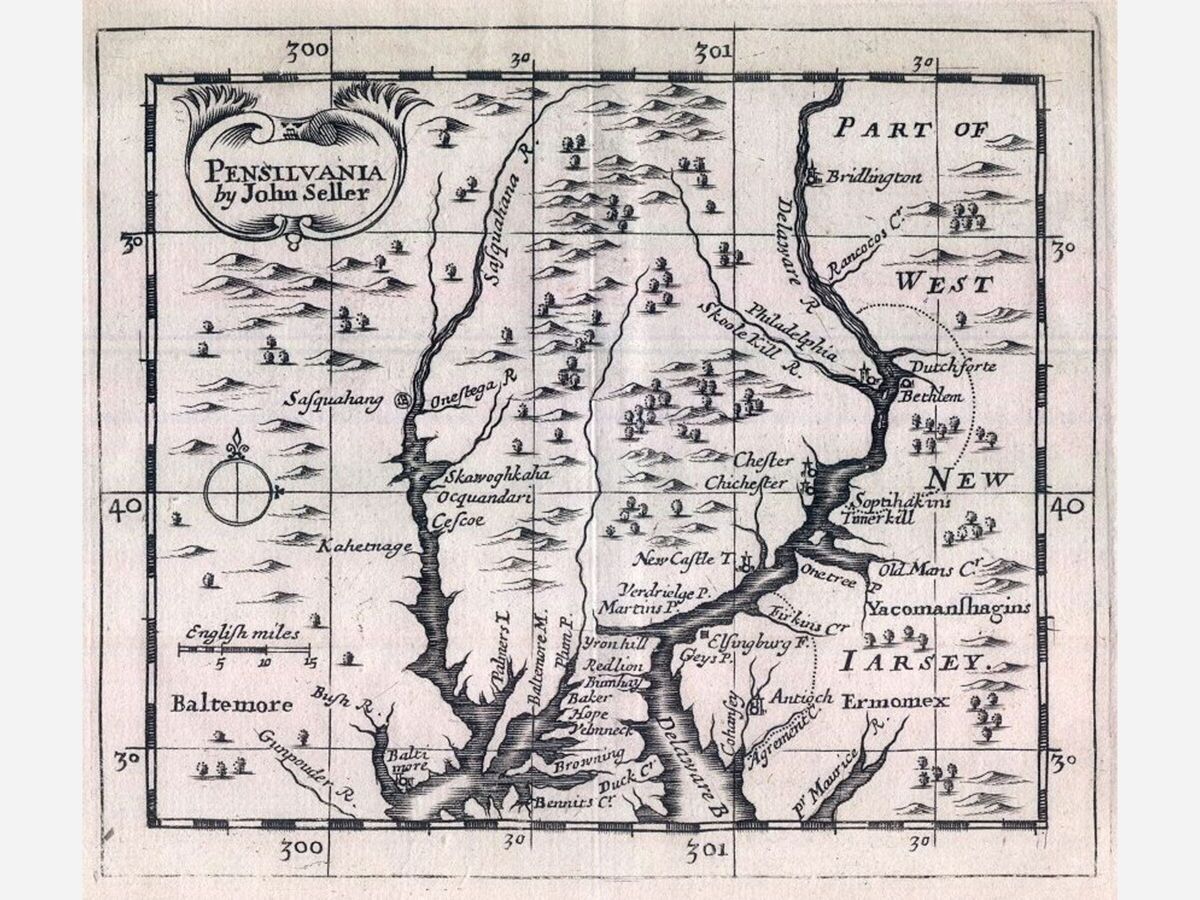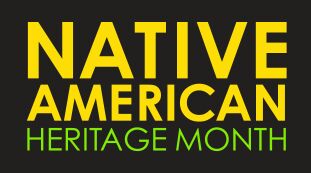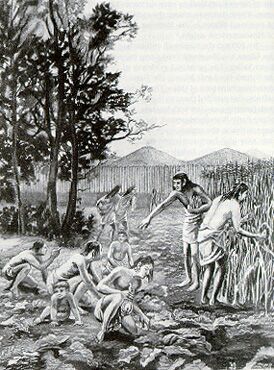Image



HERITAGE MONTH
Indigenous People: Inspiring Conservation
THE NATIONAL AQUARIUM NEWS
photos NATIVE HERITAGE PROJECT
 PHOTO KENYON COLLEGE
PHOTO KENYON COLLEGEThe original inhabitants of the land where the National Aquarium sits, many of whom still live in the region today, include Piscataway, Nanticoke and Susquehannock people.
According to the interactive Native Land tool, which allows users to enter an address, ZIP code or city to learn the names of an area's original inhabitants, three Indigenous groups once populated the territory in and around Baltimore before European settlers arrived. They are the Piscataway, Nanticoke and Susquehannock.
Written records of these tribes' existence date back to the early 1600s—when Captain John Smith of England explored the Chesapeake Bay and recorded what he saw—although Indigenous people inhabited the region for centuries before white explorers and settlers arrived.
The Piscataway were historically a confederacy of tribes that extended from the western shore of the Chesapeake Bay to the Potomac River watershed in what is now Virginia, and all land from the southern tip of St. Mary's County north to include Baltimore, Anne Arundel and Montgomery counties in Maryland, as well as Washington, D.C. The name Piscataway roughly translates to "the people where the rivers blend," or "the people who live on the long river with a bend in it," referring to what we now call the Potomac. In the 1600s, the Piscataway people lived in villages, in houses made of wood. They grew crops, hunted game, caught fish and harvested shellfish. As colonists began to encroach upon Piscataway lands in the 1700s, the Piscataway were forced to migrate. As they moved north into what is now Pennsylvania, they became known as the Conoy, a name given by the Iroquois. Today, the Piscataway community numbers in the thousands.
In Algonquian, the word Nanticoke is translated to mean tidewater people or people of the tidewaters. In the 1600s, the tribe had a significant population along the Nanticoke River on the Eastern Shore of Maryland. They grew beans, squash, pumpkins, sunflowers and tobacco; gathered nuts, berries, birds' eggs, and plants; harvested clams, oysters, mussels, crabs and fish; and hunted squirrels, turkeys, deer and other wildlife. They did not waste any parts of the animals they caught, using shells for spoons, bowls and decorations, and furs, skins, sinew and bones for clothing and tools. In the mid-1700s, European encroachment and hostilities forced many Nanticoke to flee to the north and west, in some cases as far as Canada. As they migrated, some Nanticoke became part of existing Lenape tribal communities. Today, there are estimated to be approximately 500 Nanticoke living in Sussex County, Delaware, and many more tribal members living in other states.
The Susquehannock people inhabited the Susquehanna Valley through what is now Maryland, Pennsylvania and New York. They relied upon the upper tributaries of the Chesapeake Bay for travel, trade, water and food such as plants, mollusks, fish and birds, which supplemented the crops they grew. With a population of approximately 5,000 to 7,000 that was divided into subtribes and clans, the Susquehannock are believed to have been the most numerous people in the region during the 1600s; however, many were killed by white settlers and many more died from diseases that the colonists introduced. A descendant Susquehannock community does not exist today, although there are likely individual descendants.
The Native Land's map is a striking patchwork of territories. It resembles pieces of glass or tissue paper of different colors, shapes and sizes overlapping and filling North America and other continents.
Indigenous people's relationship with land is different from that of Western cultures that seek to possess or own it and exploit its resources. For many Indigenous people, land and water are sacred and touch on all aspects of existence—culture, spirituality, language, law, family and identity—which means that they deserve the utmost respect and care.
As part of our conservation mission, the National Aquarium protects and cares for land and water and all the life it provides and supports. When it comes to inspiring conservation of all Earth's treasures, we have important lessons to learn from the Piscataway, Nanticoke, Susquehannock and other Indigenous people from across the United States and around the world.
